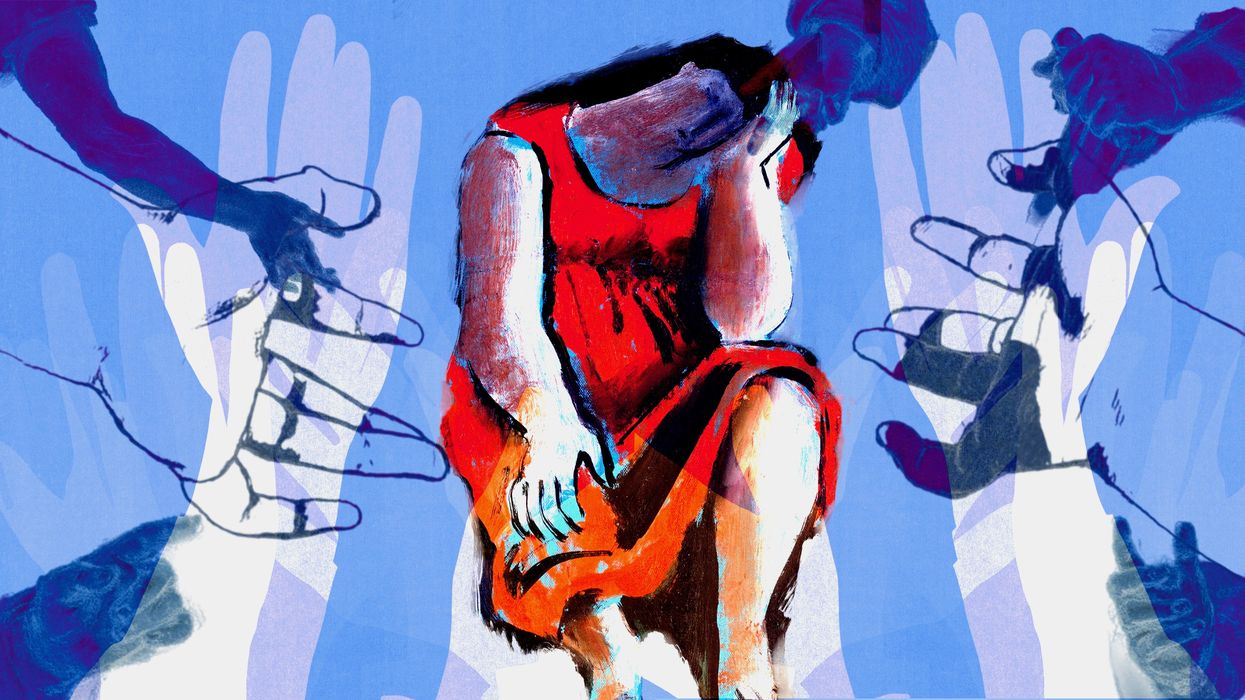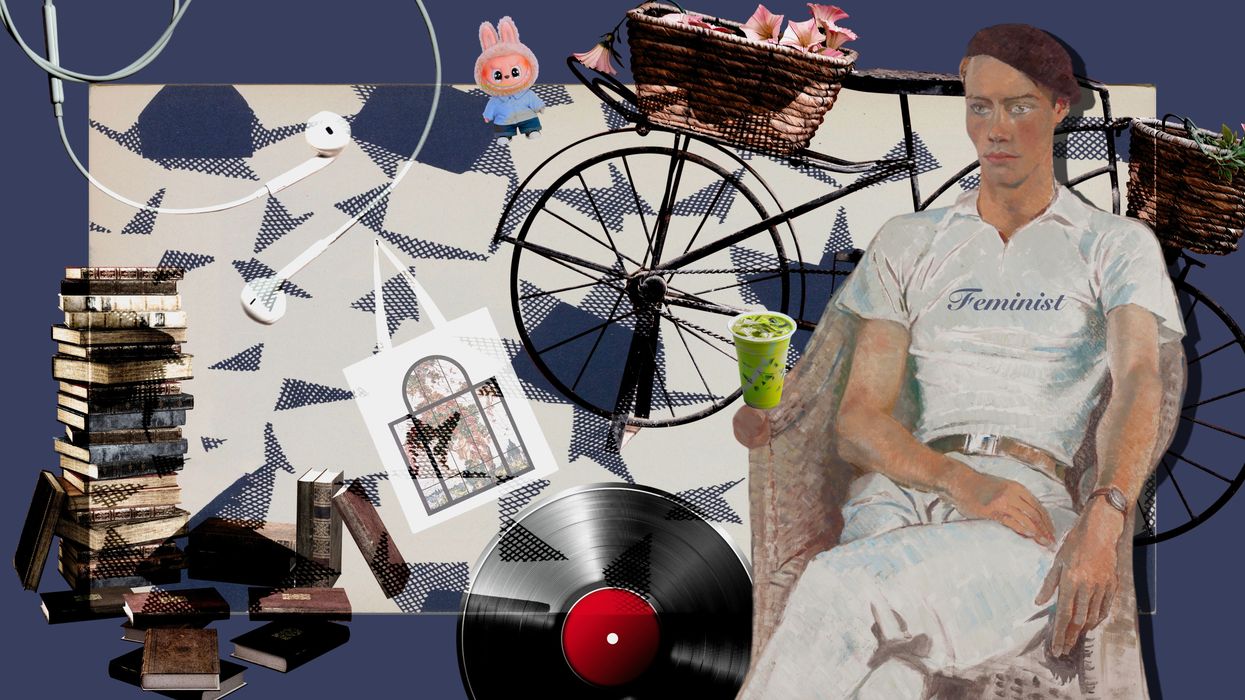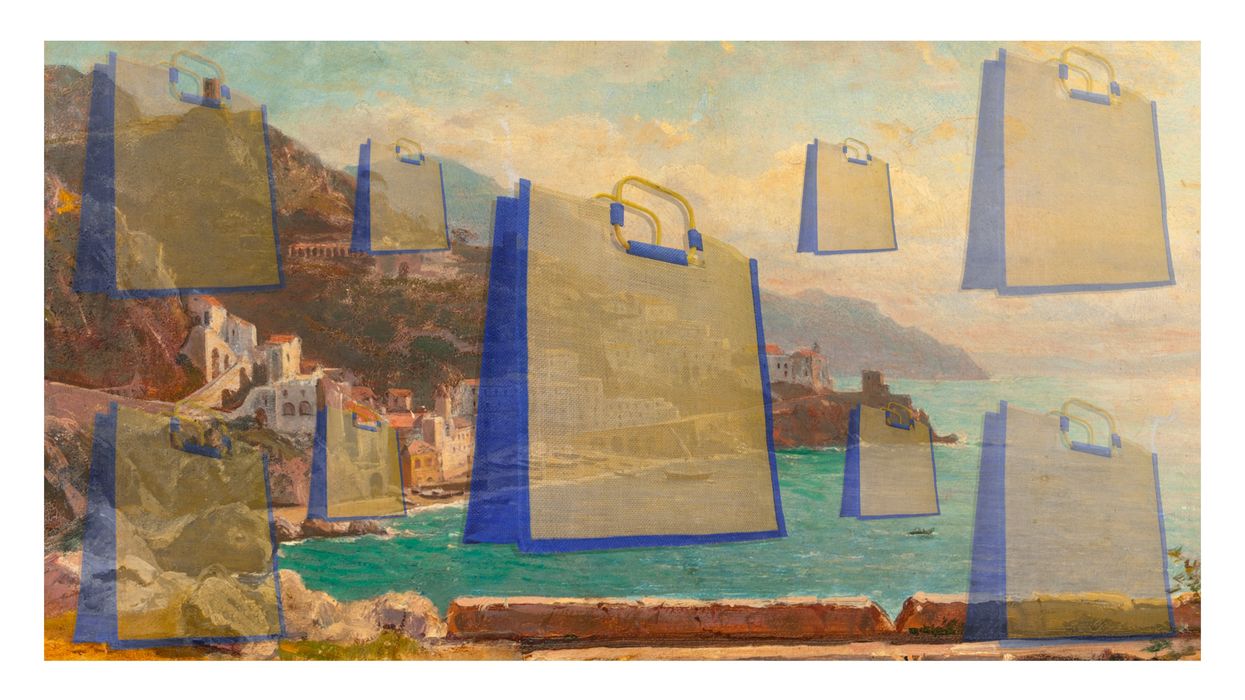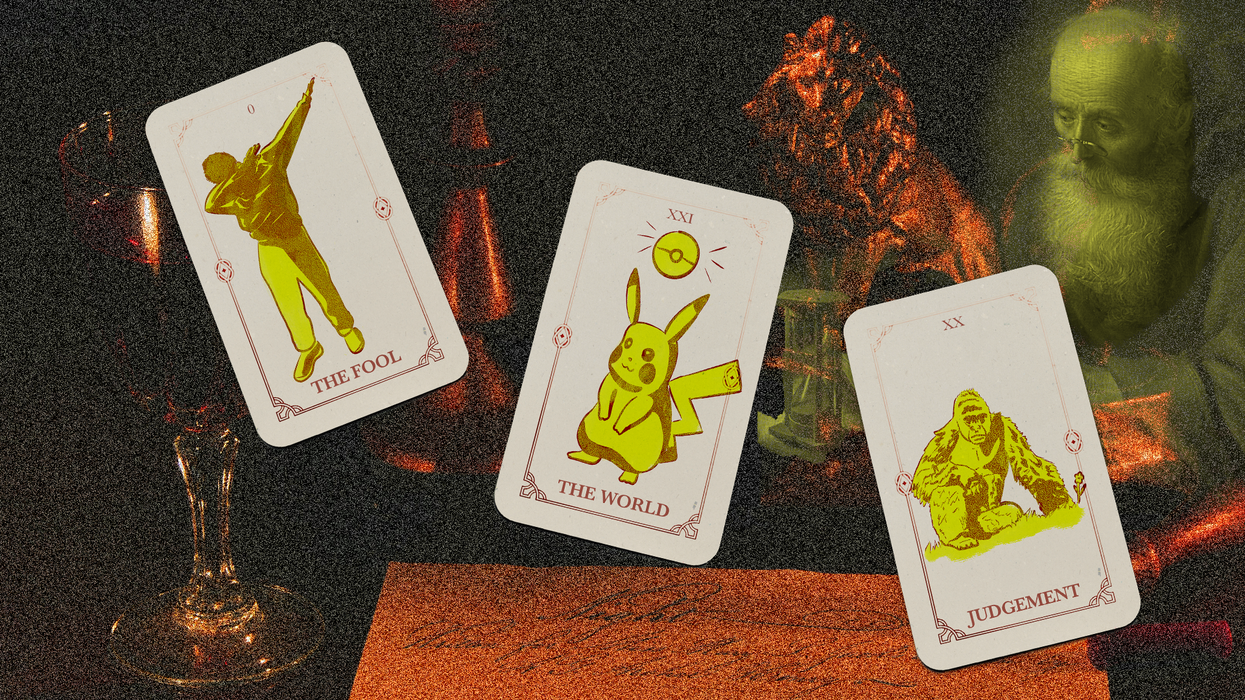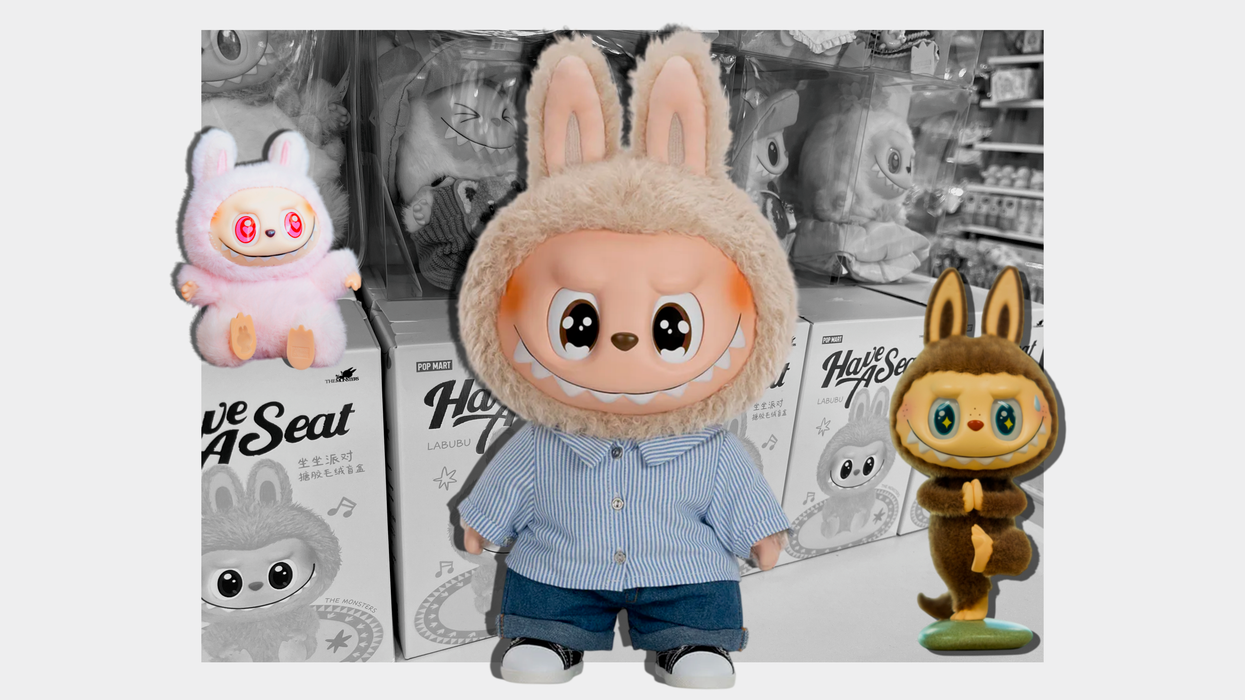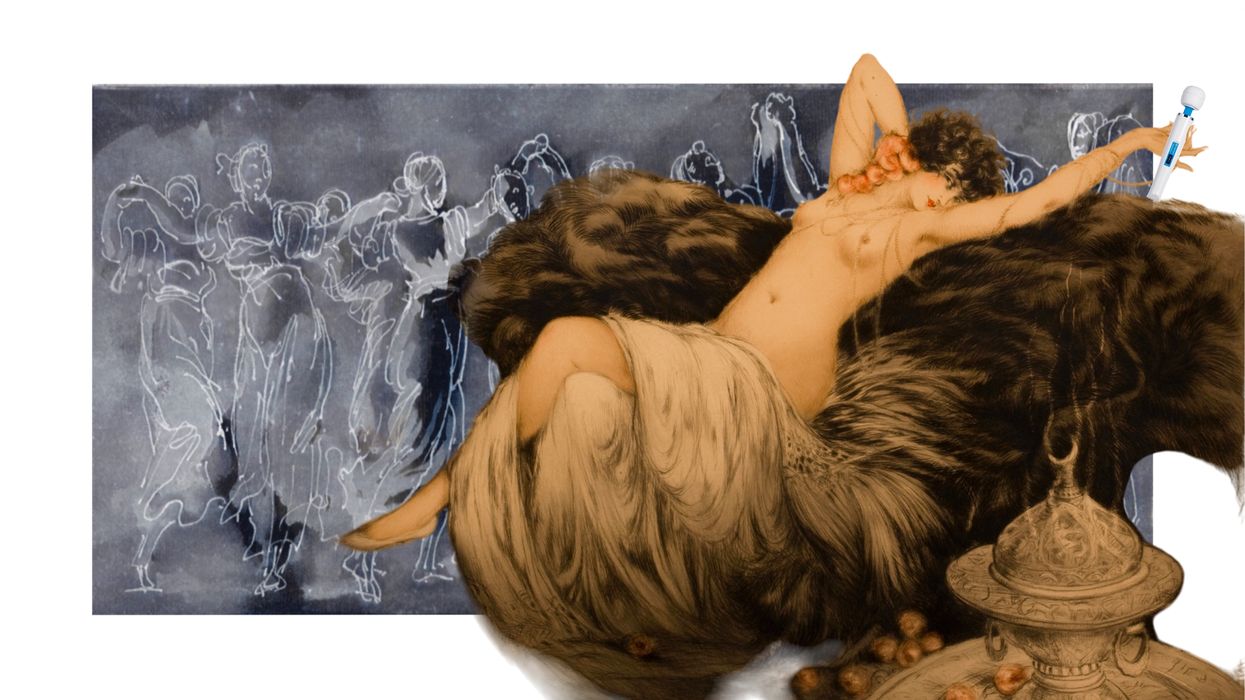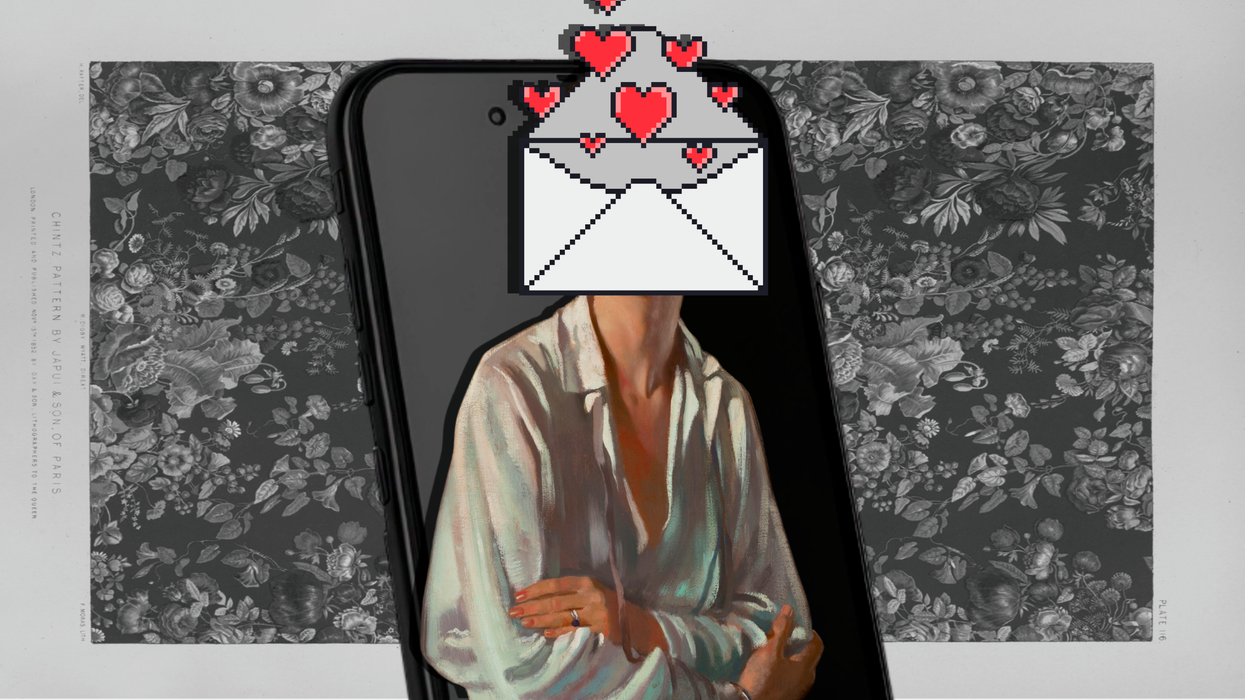It’s an unusually warm spring night, and the soft thump of a muffled sub-bass echoes down the block of abandoned buildings. The sound is coming from inside a small warehouse covered in rainbow graffiti, where a group of young partygoers in skin-tight PVC are already shimmying to the beat. They’re finishing up their cigarettes and obviously ready to party, but that can only happen after figuring out who’s playing who. Because on one side of the neon-lit dancefloor is a group of small tables covered in boards and pieces, occupied by partiers turned players at LA’s only underground chess rave.
When The Queen’s Gambit debuted in 2020, it sparked a global chess craze, particularly among young women who found themselves inspired by the protagonist, Beth Harmon. Registrations of women players on Chess.com skyrocketed, female-fronted chess clubs started popping up across the country and, suddenly, a game associated with ivory tower men seemed much more accessible to people traditionally left out of the chess conversation. And in the case of Knight Dream founder Izella Berman, the show reignited a passion for the game, with the 30-year-old DJ and show booker picking up pieces for the first time since she was in elementary school.
“There’s just something about chess that hooks you in,” Berman says while explaining that she used to play in a club until her focus shifted toward music.
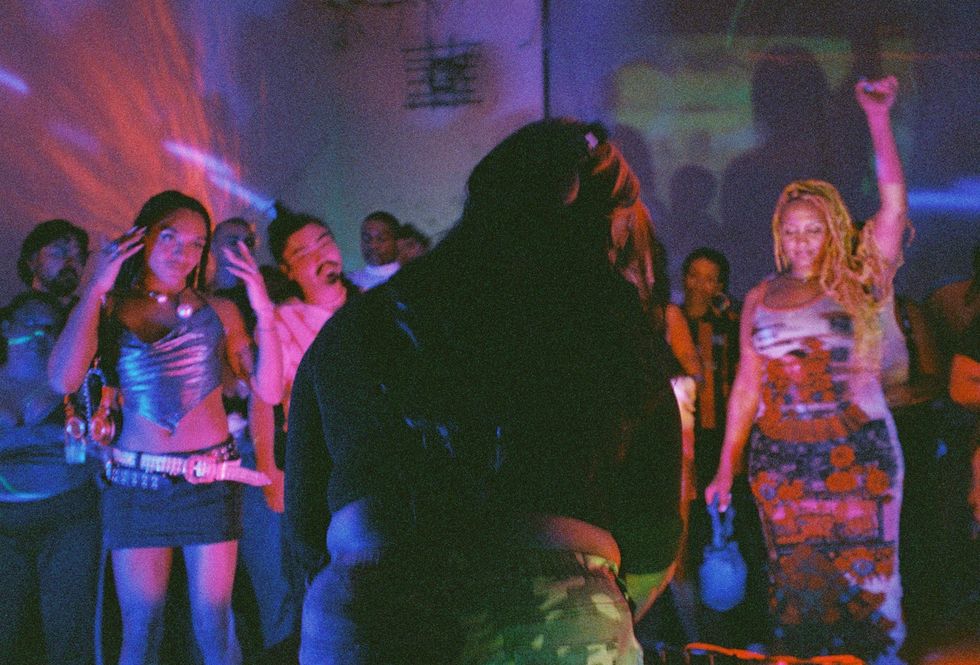
Photo by Izella Berman
“But then I downloaded the apps, and I’ve been playing ever since,” she grins.
Berman was coming to another realization around the same time. She wanted more out of LA nightlife, where parties tend to revolve around “being on the dance floor or in the corner smoking.” So when she returned to chess, the idea of combining these very different pastimes seemed like a fun idea, especially as someone who wants “to get more people interested in playing chess” by making it “feel not so intimidating and scary.”
Anyone who goes to a Knight Dream will tell you that these two activities balance each other out. As Berman explains, the music creates an environment that feels more fun and low-stakes than your average chess night. Meanwhile, the games allow partygoers to take a breather from the high-energy mix of global club genres that Berman typically books, a bonus for Knight Dream regular Sarah Scott, who says she can “sometimes get a little socially overwhelmed” at big parties.
“So the chess is such a great excuse to just sit and chill,” the 32-year-old party promoter and software engineer says. “And I can focus on something else besides talking to people.”
Another regular named Kari Dramé — who uses they/them pronouns — echoes this by saying that the chess makes an intense event like a rave feel “more leisurely,” as there’s “less pressure to go hard.” But at the same time, the atmosphere isn’t drab or serious, with “everyone dressed in their cute little outfits, just playing chess and having a good time.”
“It's a very communal space, where everyone’s playing and teaching each other,” they say. “It's really sweet, because there are people who are extremely good and people who are playing for the first time. But everyone is really kind.”
In this sense, Knight Dream is very different from most “aboveground” chess meet-ups. As many players have pointed out, the chess community — both online and in-person — is dominated by straight, cis men and, as a result, can be incredibly sexist, racist, homophobic and transphobic. It can make for an icy and uncomfortable environment, especially for newer players still learning the ropes. And it’s why Berman likes to emphasize Knight Dream’s “let people play” philosophy, which is in direct opposition to the self-serious nature of these so-called “brain-crunchers.”
“I don't think the brain-crunchers should be scoffing at new players or people just playing for fun,” she says. “That's what makes new players so intimidated and not want to play in a live setting with other people.”
She continues, “So at my party, I try to encourage players to come and feel comfortable just sitting at a table and letting a game play out. They shouldn’t feel like they're about to play a grandmaster and not have fun at all.”
As Berman also notes, Knight Dream is unique as a party that centers queer and trans BIPOC, which makes it stand apart from some newer chess gatherings that also aim to push up against the “old boys club” mentality. This is a major draw for Dramé, who was turned off by one prominent, woman-led chess club hosting dating events that appeared to cater to straight, cis people.
“I wasn’t feeling the [intake] questionnaire, which was like, ‘Are you a girl? Are you a boy?,’ and they asked for all this data in a way that's not inclusive,” the 30-year-old artist and chef recalls. “The language was just very cis-het, like there's no room for [queer and trans people]. So the whole thing just felt a little gimmicky.”
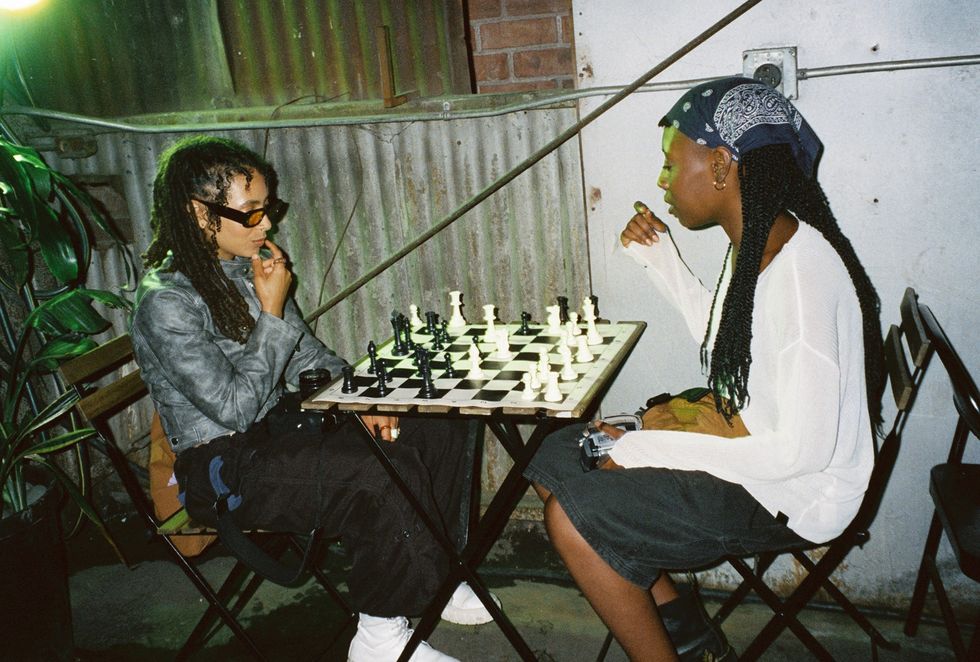
Photo by Izella Berman
On the other hand, Dramé praises Knight Dream for being a “really inclusive” space, which Berman attributes to the talent and inherently accessible and welcoming nature of many underground D.I.Y. raves.
“It’s a very clear and femme-forward space,” she says, before adding that this also means attendees don’t have to deal with intolerance or ignorance, including comments from any obnoxious “mansplainers.”
This ethos is what makes the rave special and also drives Berman to keep expanding. She’s since moved the party to an even larger venue that can accommodate more people, with potential plans to “bring more DJs that don’t normally play in L.A.” and create a “more mellow” chess space adjacent to the dancefloor.
“I think it’s just nice to always have something different,” she says, alluding to Knight Dream’s constant embrace of the unexpected, whether it’s changing club or chess culture.
She smiles before finishing on a deceptively simple note, “Because I'm really just a girl who likes to play chess and loves music.”

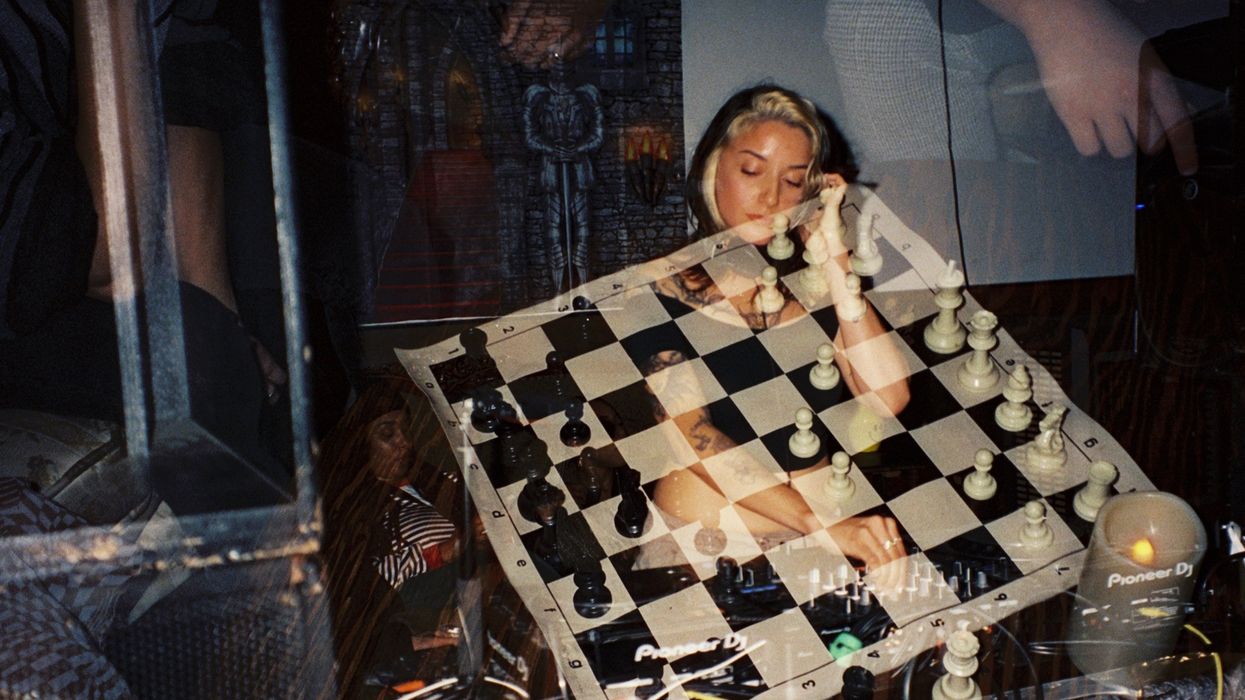
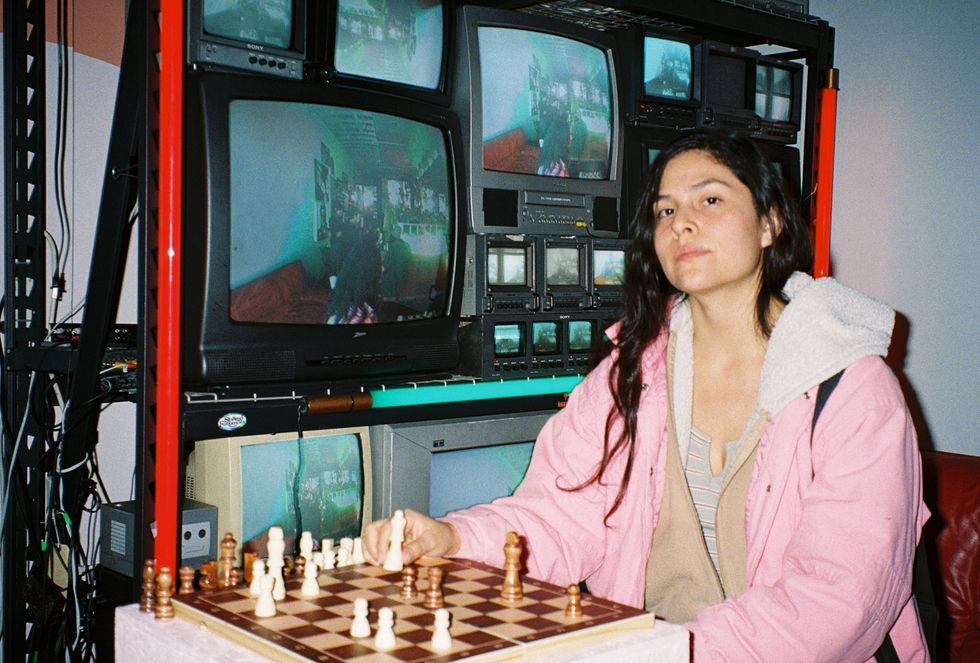
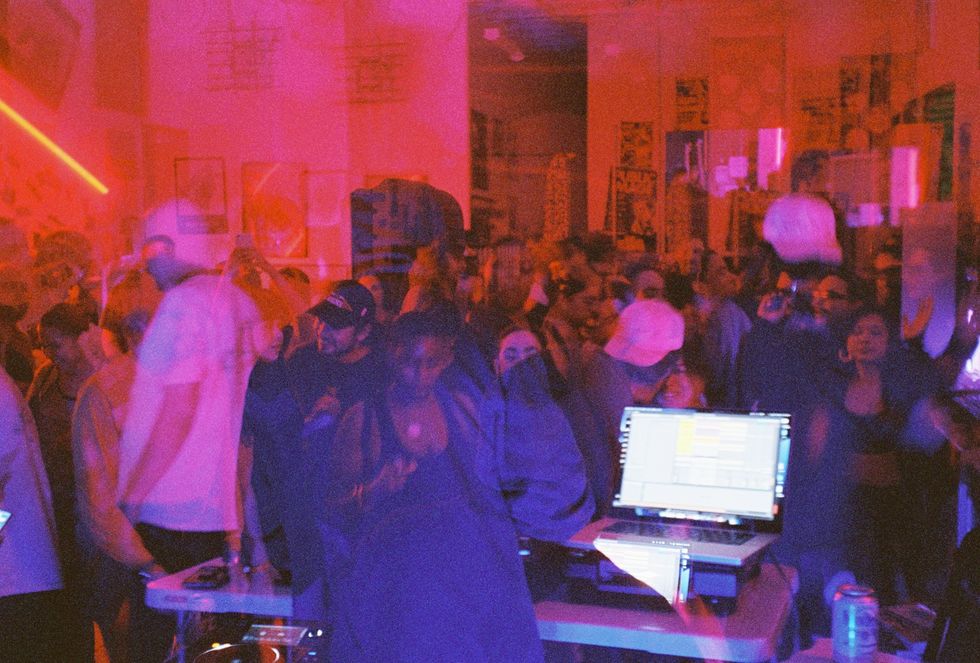
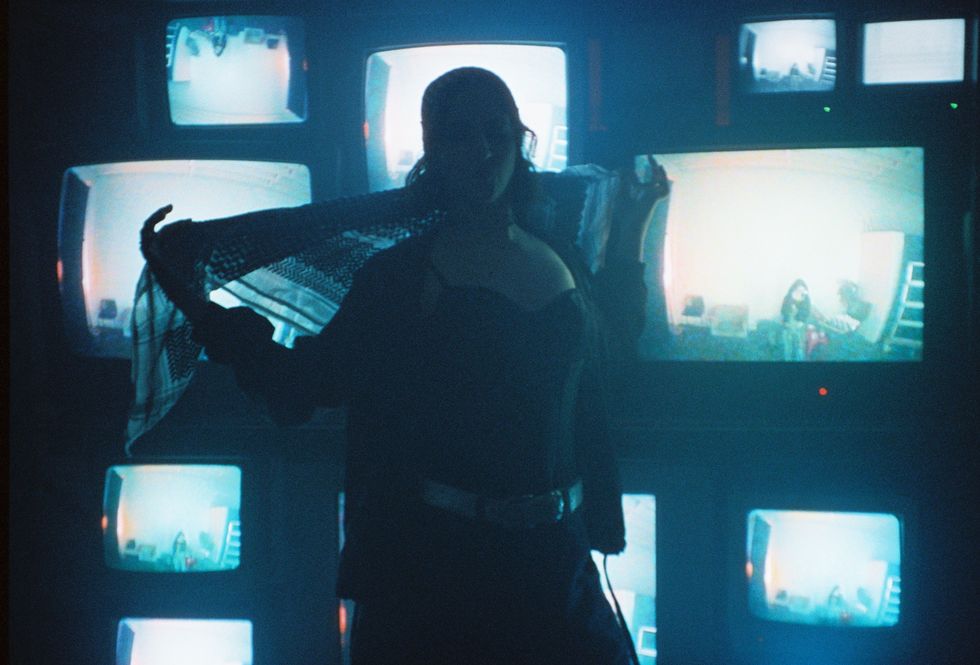


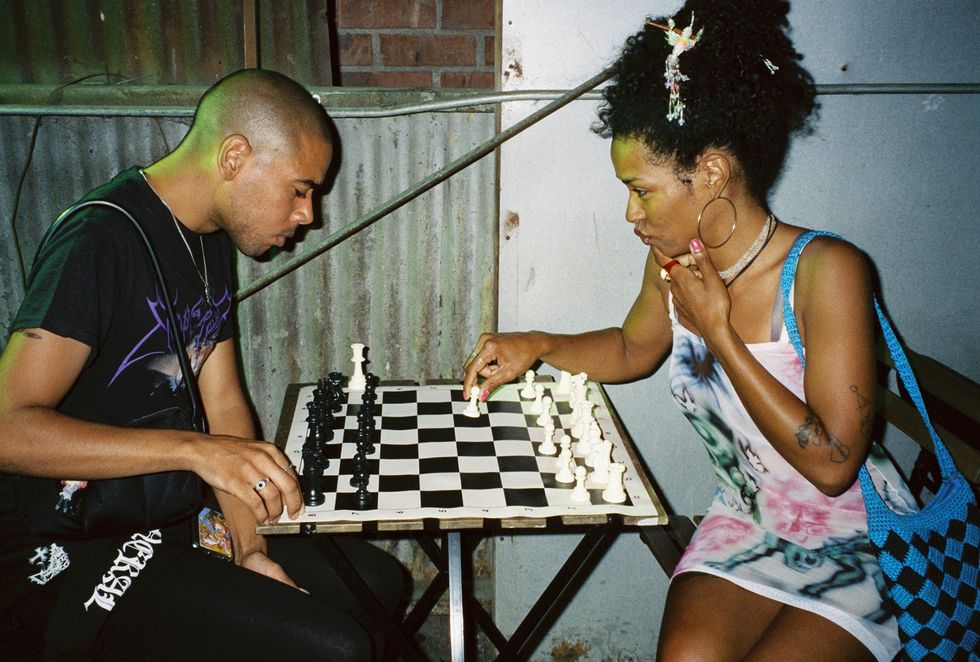
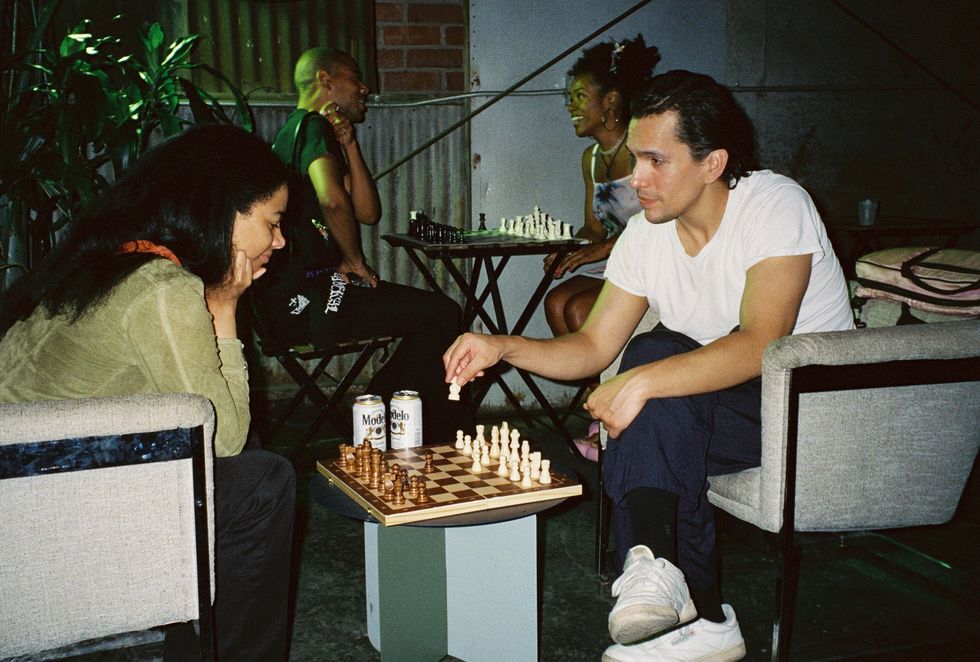
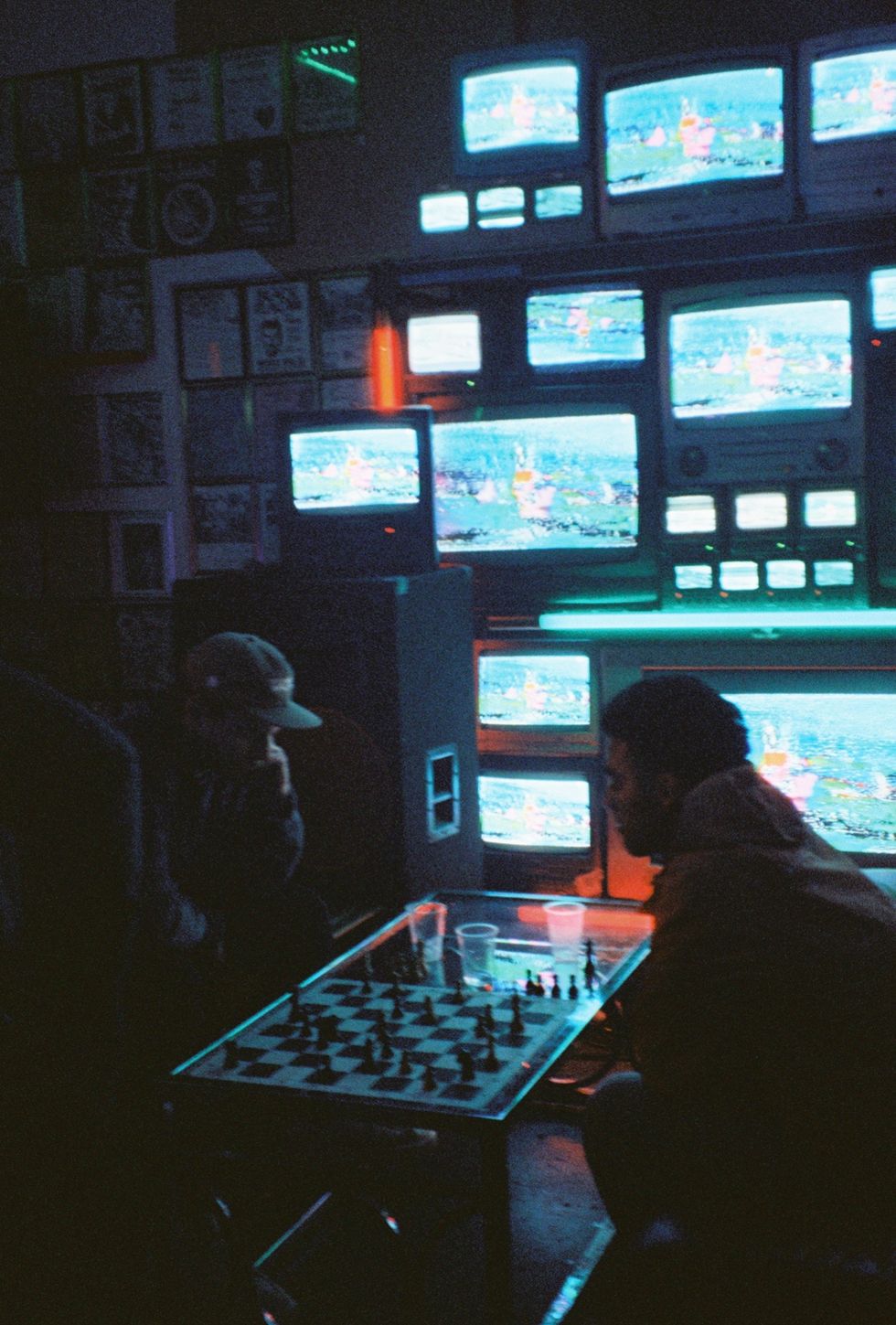
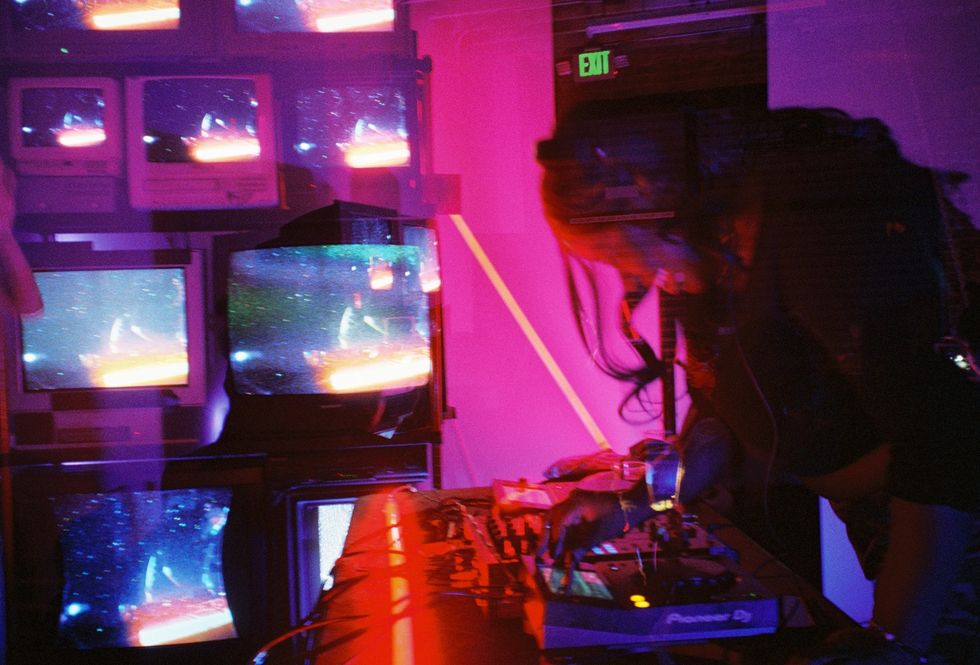
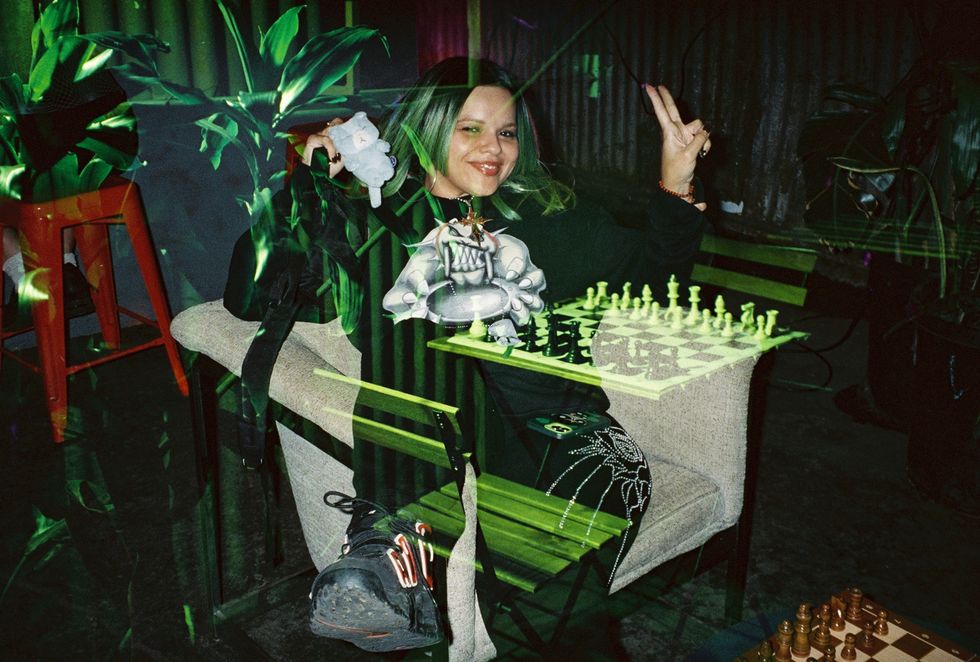
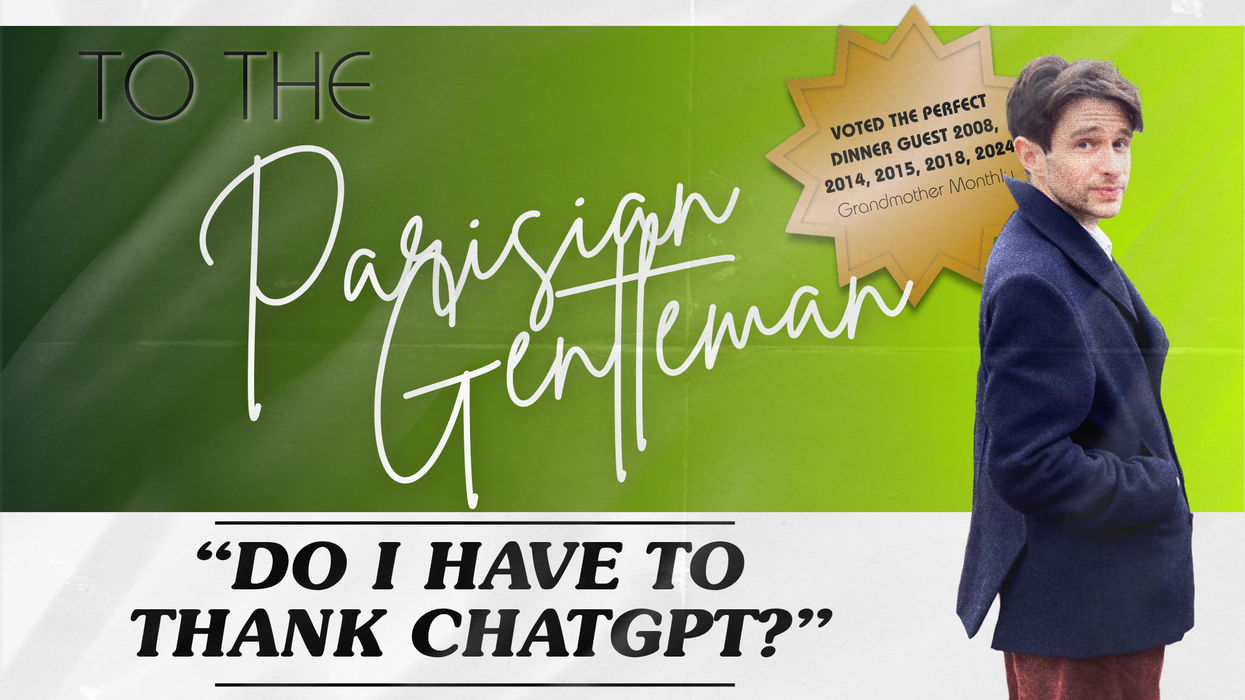

![[10/10] La Chimera: A Dreamlike Descent Into Grief, Memory and Myth](https://vextmagazine.com/media-library/image.png?id=61454821&width=1245&height=700&quality=90&coordinates=0%2C0%2C1%2C0)
